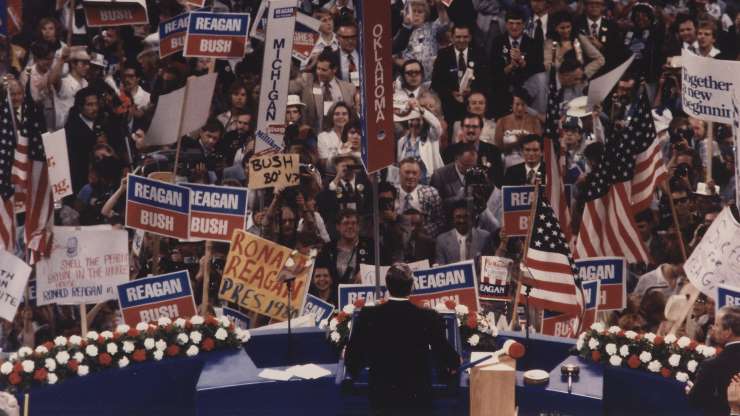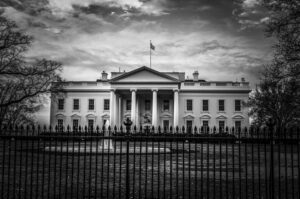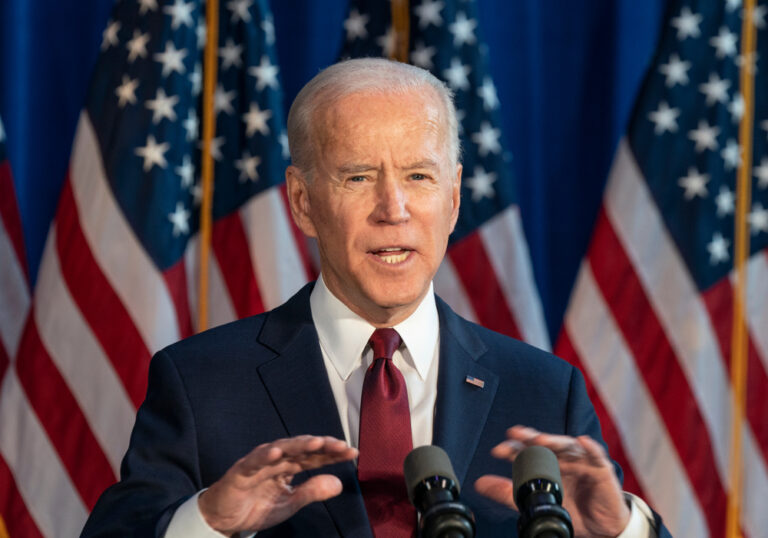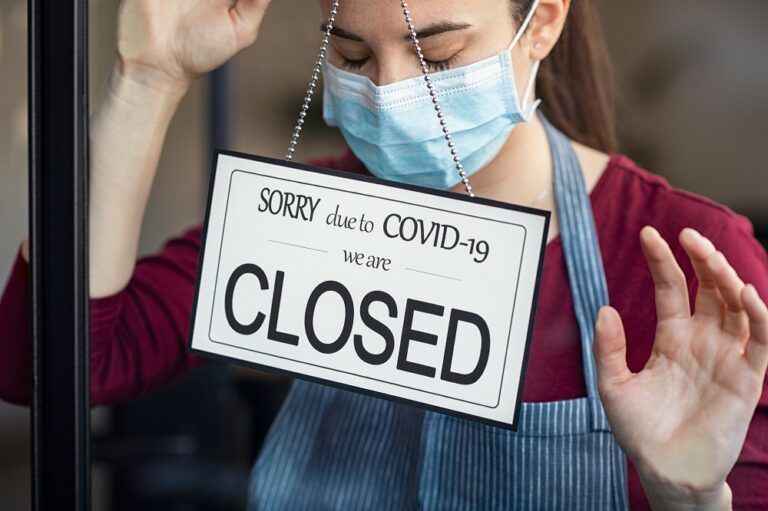
1980-1990
While the average inflation rate dropped from 13.5% in 1980 to 5.4% in 1990, median home prices went from $47,200 to $79,100. This is all due to the aforementioned hike coordinated by the Federal Reserve in the 1980s, which also saw to Ronald Reagan’s presidential win.
The worst time period happened at the beginning of the decade, between 1980 and 1982. During this time, the S&P 500 dropped from 140.52 to 101.44- that’s a 27.8% drop.
Following that, the economy began to recover ever so slowly, but it all came to a halt on the 19th of October 1987. Known as the Black Monday, the Dow Jones fell 22.6%, making this the worst single-day drop since 1914. How? This was all due to a combination of program trading made by computers and inflated asset values.
The S&P 500 suffered a net loss of 33.5%, causing the market to bottom rapidly in December 1987.
This is also the decade when America saw a huge drop in interest rates. The U.S. prime fell from 15.26% in 1980 to 10.01% in 1990, also causing assets in savings and loan institutions to skyrocket. This also gave way to risky thrifts, many without sound financial strategies.
Unsurprisingly, the government stepped in, closing 747 savings and loan institutions by spending some $124 billion.
Needless to say, the 1990s would start off with a recession…

























